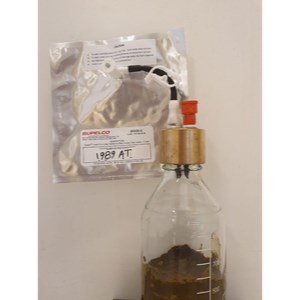Facts:
The project is funded by Carl Tryggers foundation

The objective of this project is to investigate the hypothesis that methane production could be further reduced from stored manure in dairy cows supplemented with Asparagopsis taxiformis.
According to IPCC (2006), methane emission factor from manure depends on the quantity of fermentable materials excreted and the maximum methane producing capacity of manure fermentable materials. Recently a study demonstrated that cows eating brown midrib corn silage produce more methane from their manure as compared to cows eating a conventional corn silage diet. This was because more fermentable material appear in the manure of cows when eating brown midrib corn silage. More fermentable materials in the manure are then used by methanogenic archaea to produce methane. The same type of archaea present in the rumen. The inhibitory effect of adding Asparagopsis Taxiformis (AT) in the diet of dairy cows and sheep is known but it is questionable whether more fermentable materials will appear in cows manure fed on AT leading to compensations of methane being produced from manure in cows fed on a grass silage based diet or not.
Feces from cows that have been previously fed with AT will be collected, treated again with AT and stored for 9 weeks. Methane and total gas production will be measured during the whole process.
The project is funded by Carl Tryggers foundation